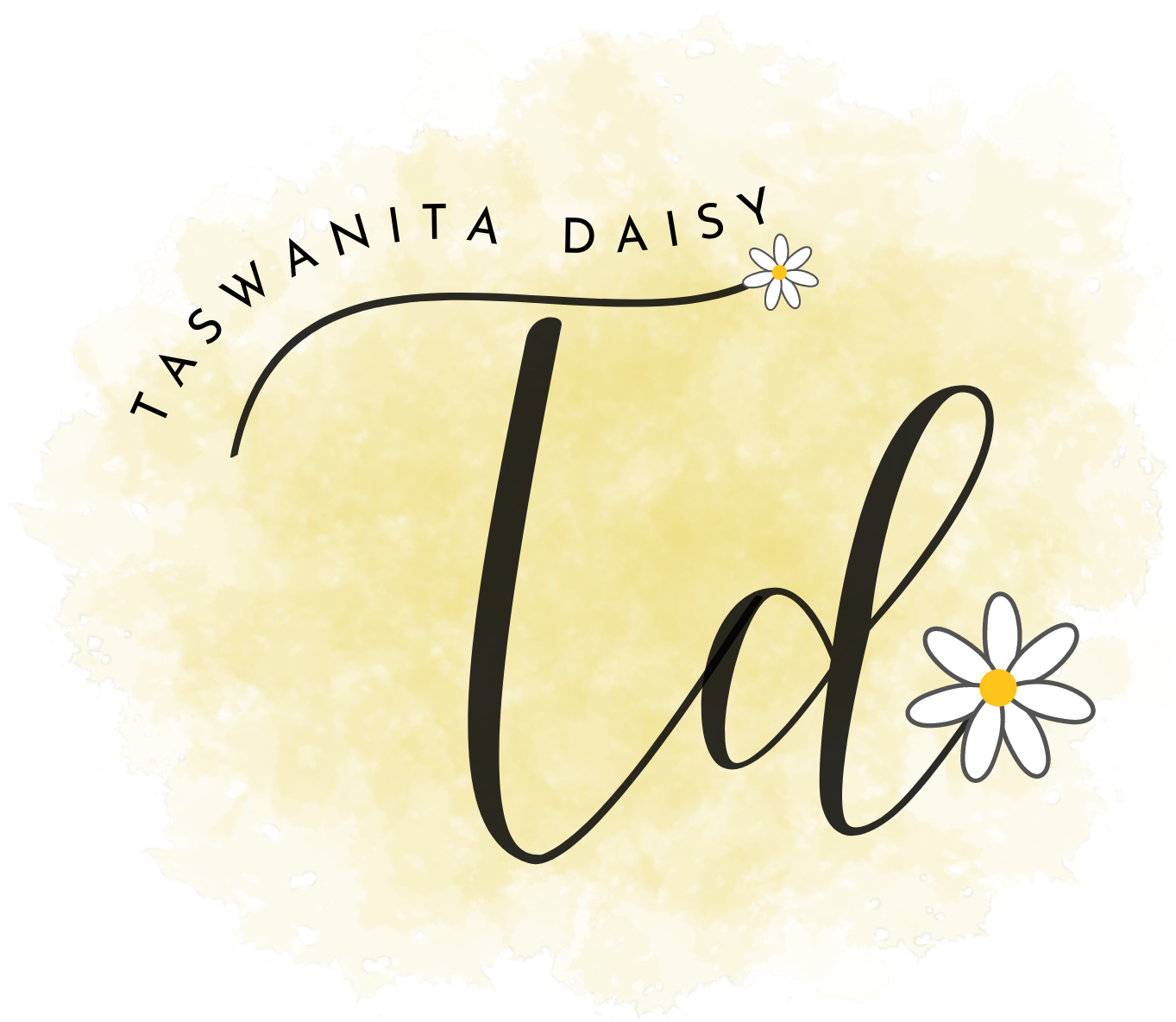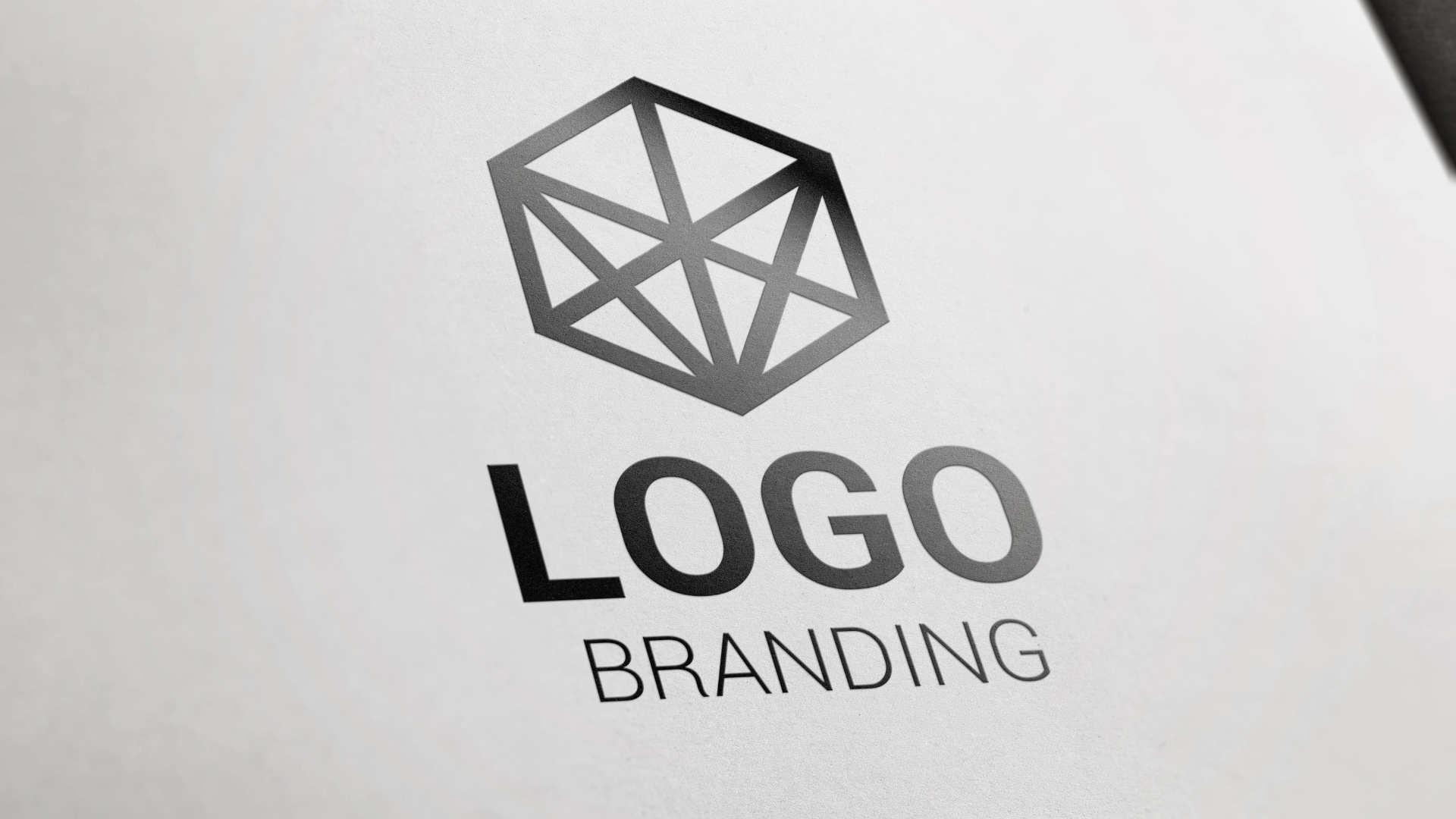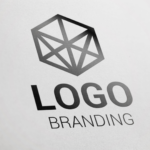Marketing is crucial for businesses as it serves as the bridge between the company and its customers, enabling them to communicate the value of their products or services effectively. By implementing strategic marketing initiatives, businesses can raise awareness about their brand, attract potential customers, and foster customer loyalty.
Moreover, marketing allows businesses to differentiate themselves from competitors, establish a strong brand identity, and ultimately drive sales and revenue growth. Without effective marketing, even the best products or services may go unnoticed, hindering the success and sustainability of the business. Whether a business is expanding its operations or venturing into new territory with ventures like swimming pool franchises (https://premierpoolsfranchise.com/franchise-types/) or food and beverage franchises, it’s essential to employ diverse marketing tactics tailored to resonate with the audience.
Now, what is the first thing that comes to mind when you think of marketing? A logo! It’s the one visual element that immediately stands out and conveys your message to customers and potential clients. But how do you create a brand logo that communicates your message? In this article, we’ll explore the simple steps to creating a brand logo that will help you make a powerful statement about your business. Let’s get into it!
What Are Brand Logos?
A logo is a central element of any brand identity. It’s one of the first things customers will notice about your company, so it’s important to get it right. There are a few things to consider when designing a logo for your business.
First, you need to decide what message you want your logo to convey. Do you want it to be simple and elegant? Fun and playful? Modern and sleek? Once you’ve decided on the overall look and feel of your logo, you’ll need to choose colors and fonts that align with your brand. Once you have a general idea of what you want your logo to look like, it’s time to start designing! If you’re not a designer yourself, there are plenty of online resources that make creating a professional-looking logo easy and affordable.
If you are working with a designer, be sure to provide them with as much information as possible about your brand and what you’re hoping to achieve with your logo. The more direction they have, the easier it will be for them to create a logo that perfectly represents your company.
Keep in mind that the brand logo becomes the face of your company, appearing on everything from business cards to billboards. You could even use it on marketing materials, such as banners or Kiss Cut Custom Stickers, that you distribute to promote your brand. It’s crucial to ensure consistency across all platforms and materials to build brand recognition effectively. Remember, a well-designed logo not only attracts attention but also effectively communicates the essence and values of your brand to your target audience.
Establish Your Brand Vision and Goals
A brand is more than just a logo or slogan; it’s the overall identity of your business. It’s what customers think of when they see your products or services. Creating a strong brand can help you build customer loyalty, increase sales, and even charge higher prices for your products or services.
So, how do you create a brand that will resonate with your target audience? The first step is to establish your brand vision and goals. What are you trying to achieve with your branding? What kind of image do you want to project? Once you have a clear idea of your goals, you can start to create a logo and other marketing materials that reflect your desired image.
For instance, if you sell food-based products, you could even invest in a food labeling service that incorporates your brand’s logo and colors into the packaging design. This not only enhances brand recognition but also communicates quality and professionalism to your customers.
Additionally, consistency is key in building a strong brand identity. Ensure that your logo, messaging, and visual elements are consistent across all touchpoints, including your website, social media, and physical packaging.
By consistently delivering a cohesive brand experience, you can strengthen your brand’s presence and connect with your target audience on a deeper level.
Research Your Target Audience
One way to research your target audience is to look at your competition. See who they’re targeting and how they’re doing it. What works for them? What doesn’t? You can also use social media to your advantage. Use hashtags and keywords to see who’s talking about your industry, then reach out and engage with them.
Another great way to get to know your target audience is by asking them directly. Create a survey or poll and ask them about their needs and wants. What do they think of your current branding? What would they like to see from you? These insights will be invaluable as you create a brand logo that speaks directly to your target audience.
Brainstorm Logo Ideas
Now it’s time to brainstorm some logo ideas that will help convey your marketing message. Take some time to think about what you want your logo to say about your brand. What colors and shapes do you want to use? Do you want your logo to be simple or complex? Once you have a good idea of what you want, start sketching out some potential designs. Don’t worry if they’re not perfect, just get your ideas down on paper. Once you have a few sketches, you can start refining them into something more polished.
If you’re not sure where to start, there are plenty of logo design inspiration galleries online that can give you some ideas. After having a few potential designs, show them to friends and family members and see what they think. Getting feedback from others can help you fine-tune your design until it’s just right.
Choose a Color Palette for Your Logo
When it comes to choosing colors for your logo, there are a few things you’ll want to take into consideration. Of course, you don’t want your colors to clash; rather, you want them to flow nicely together. Consider using a color wheel to help you find complementary colors.
Choose colors that will accurately reflect your brand personality and messaging. For example, if you’re targeting a mature audience, you’ll want to steer clear of using baby blue or pastel pink in your logo. Lastly, when creating your color palette, it’s important to choose a range of colors, like light, dark, and bright colors that’ll work well together.
However, you don’t necessarily have to use all of the colors in every instance of your logos such as on business cards, websites, and more. Overall, the goal is to create a logo that’s visually appealing and accurately reflects your brand. And with the right color palette, you can achieve just that!
Design Your Logo With the Right Fonts
Your logo should be designed with fonts that reflect the overall tone of your brand. If you’re going for a modern and sleek look, use sans serif fonts like Arial or Helvetica. For a more traditional feel, opt for serif fonts like Times New Roman or Cambria. And if you want something truly unique, consider using a display font like Cooper Black or Playfair Display. Whatever fonts you choose, make sure they’re easy to read and convey the message you want your brand to communicate.
Test Your Logo on Different Platforms
Your logo might look fantastic on your website, but have you considered how it will appear on promotional items like a custom printed magic 8 ball with company logo or large digital signage in a market area? It’s essential to test your logo on various mediums to ensure it remains legible and impactful. If you’re working with a graphic designer, they should be able to provide you with different versions of your logo tailored for different purposes. If you’re designing the logo yourself, make sure to create multiple versions suitable for various applications. Testing and adapting your logo ensures its effectiveness across diverse platforms.
Get Feedback from Others
After you’ve put together a few different logo options, it’s important to get feedback from others before making your final decision. Show your potential logos to friends, family, and colleagues and see what they think. Take their feedback into account and make any necessary changes. Once you’re happy with your logo, it’s time to start using it!





